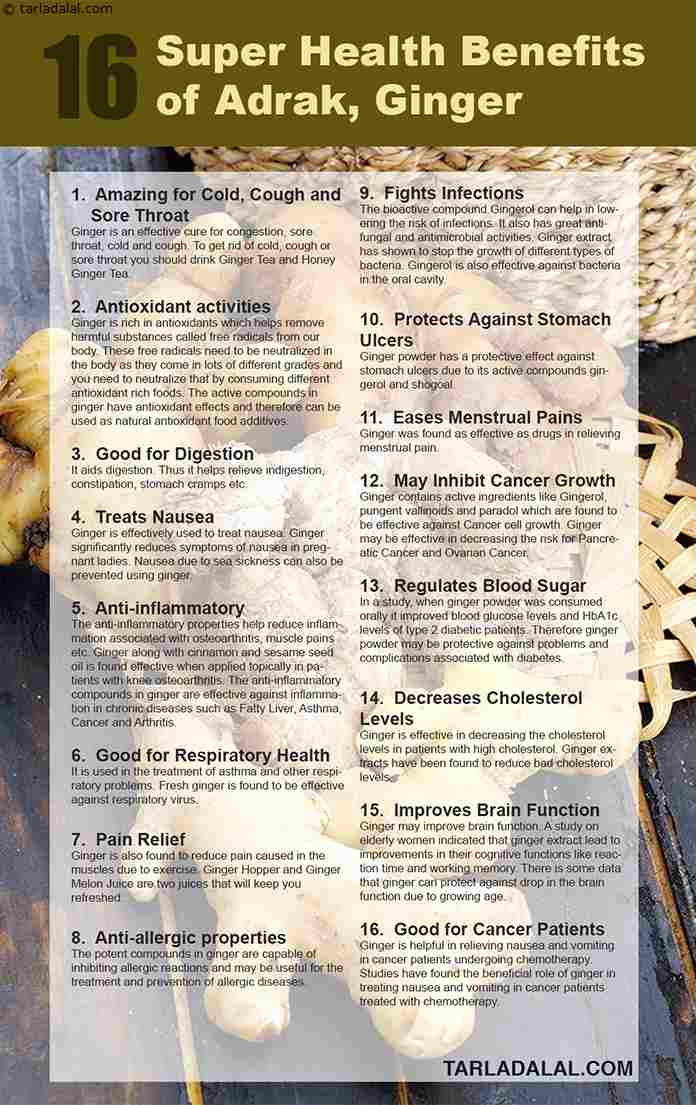
Consider a caveman diet if you're interested in losing weight. This plan includes eating foods that were only available to humans in prehistoric periods. It usually excludes cooked food and has fewer carbohydrates. You can expect to lose excess body fat and maintain a balanced level of energy by following the caveman diet. If you're interested in learning more about the caveman diet, read on to learn more about the benefits.
Caveman diets include meat, fish, dairy products, and eggs. These are generally considered a healthy part of a balanced diet, and are recommended by the MyPyramid, an updated version of the Food Guide Pyramid. Healthy adults should consume at least three cups of lowfat dairy products every day. Even though the caveman diet limits grains, it's important not to forget that whole grains are an important part of a healthy lifestyle. This diet is safe for people who aren't pregnant, but it can be harmful for babies.

Caveman diets may not be right for you. Start slow and stick to the guidelines when you first start the caveman diet. This will enable you to stay on the diet and not binge. Accept that you may be tempted to cheat. Some people find it difficult to stick to strict diets for the first few working days. You can try this method if you aren't sure. This will allow you to lose weight.
Some caveman diets do not recommend exercise, but they do encourage people to do some physical activity. While some cavemen do not recommend exercise at all, others recommend getting outside and hunting and gathering. It would have required a lot of physical activity to survive, considering that the Paleolithic period was spent hunting and gathering food. Cavemans cannot eat grains.
The caveman diet is also easy to follow and takes less time. The caveman diet allows you to make large pots soups and stews which can last for many days. The caveman diet is similar to a ketogenic diet, but there are some key differences. Except for the lower carbohydrate intake, caveman diet requirements are more restrictive than those of a ketogenic diet.

Cavemans engage in more activity than others. Caveman diet requires more activity but contains less processed foods. The caveman diet doesn't care as much about the kind of meat, but more about the fats and protein. It eliminates milk and gluten, two foods that were common in the Neolithic. Although it's a good diet for people who have diabetes, it is not recommended. This type of diet is for beginners only.
FAQ
How Do I Learn About Cooking?
You can find cooking classes all across the country. There are many schools that offer courses in pastry, baking, and wine tasting. If you want to learn more about cooking, you can enroll in a class at a local community college or vocational school, or attend one offered by a private institution.
What should a beginner chef learn?
An easy dish to start with is pasta, rice, or soup. If you want to learn how to cook, go for a recipe book or YouTube video. Cooking with others is more enjoyable. Cooking together is fun with family members or friends.
Can you learn to cook on your own?
Yes, it is possible to be a self-taught chef! The joy of cooking is something that everybody enjoys doing, no matter their skill level. You can learn to cook by starting at home. Start small with things like making pancakes or spaghetti sauce for your dinner. Try new recipes and be open to experimentation when learning how to cook. You might even make some mistakes.
You can learn to cook in a matter of hours or weeks depending on your level of cooking ability. It is important to remember that cooking doesn't have to be about following recipes. There are so many ways to prepare food.
Statistics
External Links
How To
How to make the perfect omelet
Omelets are one of my favorite foods to eat at breakfast. But how do they turn out so perfectly? I've tried many different methods and recipes, but none of them seem to work! So I wanted to share some tips and tricks so that you can make delicious, fluffy omelets every morn.
When making omelets, it is important to be aware that eggs can be temperamental. Eggs must be purchased fresh, preferably organic, and kept chilled until ready for cooking. If they are not kept cold enough, the whites won’t form properly. The yolks will also break down too quickly and become runny. This causes your omelets to look oddly colored. If you're going to cook them immediately, it is best if the eggs are still warm.
You might also try separating the egg before adding to the pan. Because this could cause your omelet to become curdled, you don't want any yolk to be mixed with any white.
If you add the egg directly onto the stovetop, you might end up burning the bottom part of the egg, which would ruin the texture of your omelet. Instead, heat the egg for 10 seconds in the microwave before placing it in the pan. The microwave heat cooks your egg just right, without it becoming too soft.
Next, let us talk about how to mix the eggs. Mixing eggs together is important. You need to beat them well. To do this, grab the bowl of the mixer and turn it upside down. Now shake the bowl vigorously. The egg will be thoroughly mixed in the bowl as the air is whipped.
The fun part begins - you need to pour the milk into your mixture. The first step is to pour half of the milk in the beaten eggs. Next, fold the eggs into the remaining milk. If you still see streaks of eggs, don't worry. These streaks will disappear once the omelet has been turned over.
After you have done folding the eggs, heat the pan on medium heat. The oil will start to smoke. Once the oil begins to heat, add 1/4 cup butter and swirl the pan to coat it. Next, carefully open the lid and sprinkle salt into your pan. The salt will help to prevent the omelet's sticking to the pan.
Once the omelet forms, cover the pan again. Let the top side set completely. Flip the omelet over using a spatula or flip the pan upside down. Cook the other side for about a minute. Remove the omelet from the pan and serve immediately.
This recipe works best with whole milk, but skimmed milk also works.